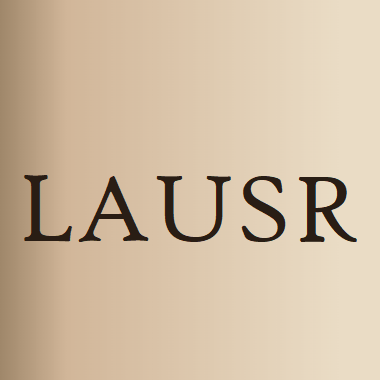
Temporoinsular gliomas are frequently large-sized tumors that require meticulous planning to ensure maximum surgical resection and minimal neurologic deficits in patients. Here, we demonstrate our technique encompassing multi-modal imaging guidance… Click to show full abstract
Temporoinsular gliomas are frequently large-sized tumors that require meticulous planning to ensure maximum surgical resection and minimal neurologic deficits in patients. Here, we demonstrate our technique encompassing multi-modal imaging guidance and awake brain mapping which enables maximum safe resection of such tumors. The patient, a 39-yr-old man, presented with depression and memory loss for 18 mo. Preoperative magnetic resonance imaging (MRI; MAGNETOM Verio, Siemens) revealed a nonenhancing lesion in the left dominant temporoinsular lobe. Three-dimensional magnetic resonance spectroscopy was used to analyze the choline/N-acetyl-aspartate index which suggested a low-grade glioma diagnosis. Informed patient consent was obtained. After craniotomy, the mouth motor, speech arrest, and word generation areas were mapped via direct cortical stimulation under awake mapping. A strip electrode was placed across the precentral gyrus for continuous motor evoked potential monitoring. Cortical incisions were made in nonfunctional cortical areas and tumor was resected in the temporal lobe. Following this, tumor at the inferior insular zone was carefully debunked with Cavitron Ultrasonic Surgical Aspirator (Integra Lifescience) also through the temporal window. The hippocampus was preserved since it was not invaded by tumor. Subcortical mapping combined with Diffuse Tensor Imaging tractography-based navigation (Medtronic lnc.) was performed to localize the motor and language pathways. Intraoperative MRI evaluation showed tumor resection extent of 95%. Pathological and molecular analysis revealed a diagnosis of Grade II IDH-mutant oligodendroglioma. After surgery the patient was administered chemotherapy (Temozolomide). He recovered without language or motor deficits.
Journal Title: Operative neurosurgery
Year Published: 2019
Link to full text (if available)
Share on Social Media: Sign Up to like & get
recommendations!